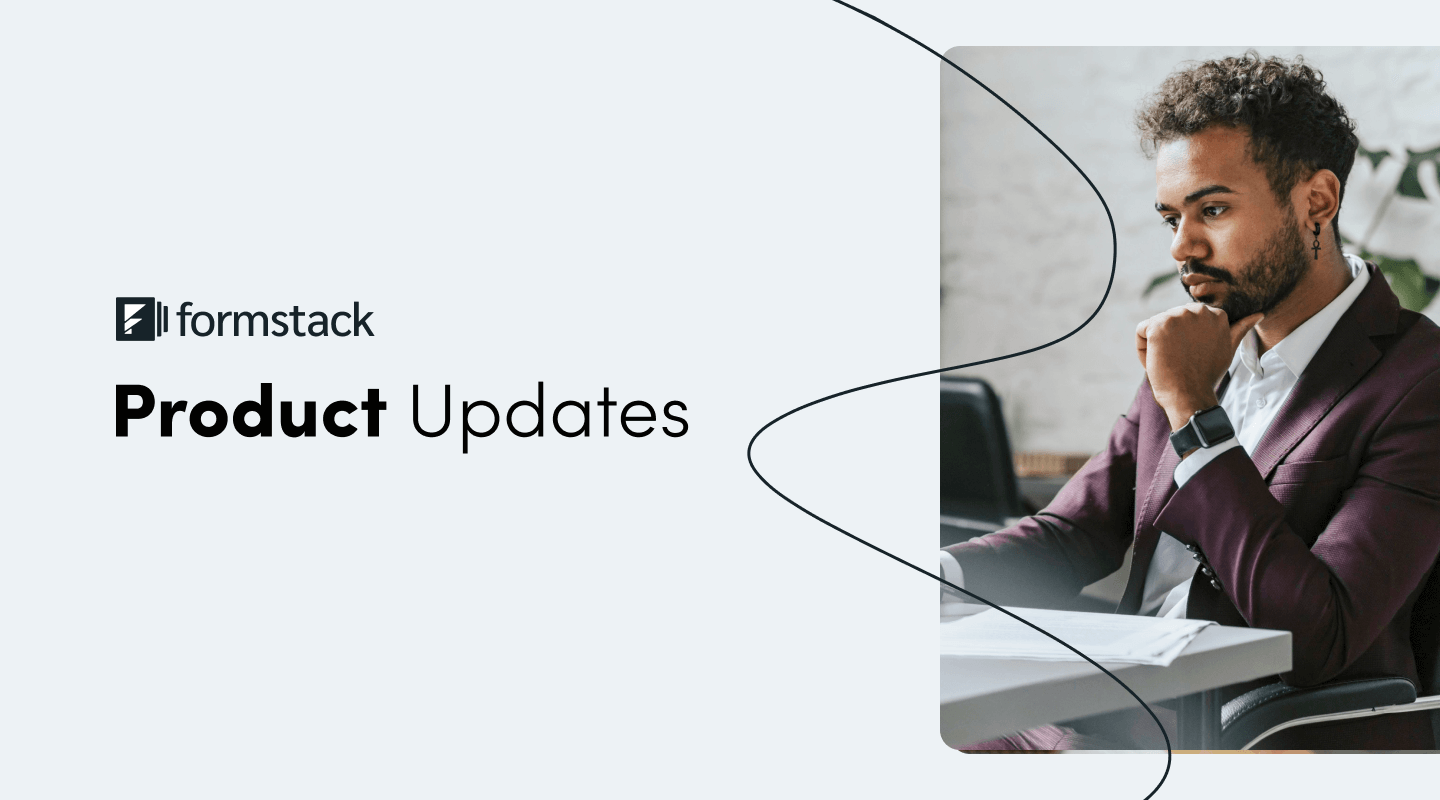If you’re a manager, director, or team lead, guiding your team to success and ensuring employee productivity is an important part of your job. Part of this responsibility includes helping your team identify and overcome roadblocks and challenges. If your team is continually hitting the same snags over and over, it might be time to take a look at your processes.
Implementing new technology can solve your most frustrating challenges. An investment in innovative tools is the key to not only boosting productivity, but the happiness of your team as well.
It’s time to tackle the challenges impacting employee productivity. Let’s get started.
Step 1: Audit Your Processes
The first step in identifying productivity roadblocks is to audit your processes. Sometimes we don’t realize how much time we’re investing in an outdated process. Take some time to review how you get work done to get the full picture on where you can make improvements that will improve employee productivity.
During each process audit, answer the following questions:
- How much time does it take?
- Are there steps that can be combined or eliminated?
- Where are the bottlenecks?
- Who is involved, and do they need to be involved?
- How is data getting collected, recorded, shared, and stored?
- What tools are used?
These questions will help you discover common issues across processes, allowing you to prioritize issues. Once you’ve identified the biggest problems, why they are happening, and who they are impacting, you’re ready to create a plan of action. Collecting this data will better prepare you to pitch possible solutions to your leadership team.

Pro Tip: Make it simple for your team to perform these audits by creating a process audit form and distributing it on an annual or semi-annual schedule.
Step 2: Eliminate Manual Data Entry
Your process audits will likely uncover lots of areas where teammates are bogged down by manual processes. Our Workplace Productivity Report identified manual data entry is one of the biggest productivity pitfalls workers face.
Luckily, technology can be a major asset in overcoming this challenge. Here’s how to utilize technology to eliminate manual data entry:
Get a better understanding of the tools you already use.
Review the tools and technology available to your team, and see if there are better ways to utilize them. Consider reaching out to your account managers for each tool to discover new or different ways to utilize them to solve your biggest problems. Checking out YouTube or company blogs is another way to see new and creative ways to use the tools in your tech stack.
Research integrations.
You should also look into what integrations are available to use with your current tech stack. Formstack users have access to more than 100 integrations that help them easily collect and share data across the tools they use every day. You might be surprised by how easy it is to connect some of your most used tools! Utilizing integrations will save you time each week and improve the accuracy of your data.
Invest in tech that performs more than one function.
Your process audit might identify that you’re using many tools to complete a single process. Take some time to investigate whether there are tools that can combine steps, or complete the process from start to finish. This will help minimize miscommunication, data inaccuracies, and bottlenecks. It could also save your department some cash!
Managing an entire process using one tool is a great way to increase quality control. You’ll have a greater understanding of your team’s workflows and more control over your processes when you don’t have to chase data across multiple platforms and communication streams. Look for tech that offers a robust platform with many tools, instead of just one specialized product.
Related: The Perfect Tech Pairing: Forms + Docs
Step 3: Create More Efficient Workflows
With steps one and two complete, you can now focus on implementing changes in your processes to create more efficient workflows. This can be accomplished in a multitude of ways, from adding a workflow management tool to simply reworking how a process flows.
Employee productivity directly correlates to how well your workflows function. To save time, money, and headaches, here are some tips to make your workflows more efficient:
- Automate approvals
- Eliminate paper
- Keep communication within one tool or channel
- Use e-signatures
- Set reminders about tasks
- Use the same technology across teams and departments
- Remove repetitive tasks
Learn More: Transform the Way You Work With Formstack Workflows
These are just a few steps you can take to increase productivity of employees at your organization. By focusing on how you collect, store, analyze, and share data, you’re able to make smart changes to your workflows that will increase productivity, efficiency, and happiness.
Want access to more scalable solutions to increase workplace productivity and improve data practices across your organization? Watch our webinar Top Productivity Tips to Transform Your Workday now!











